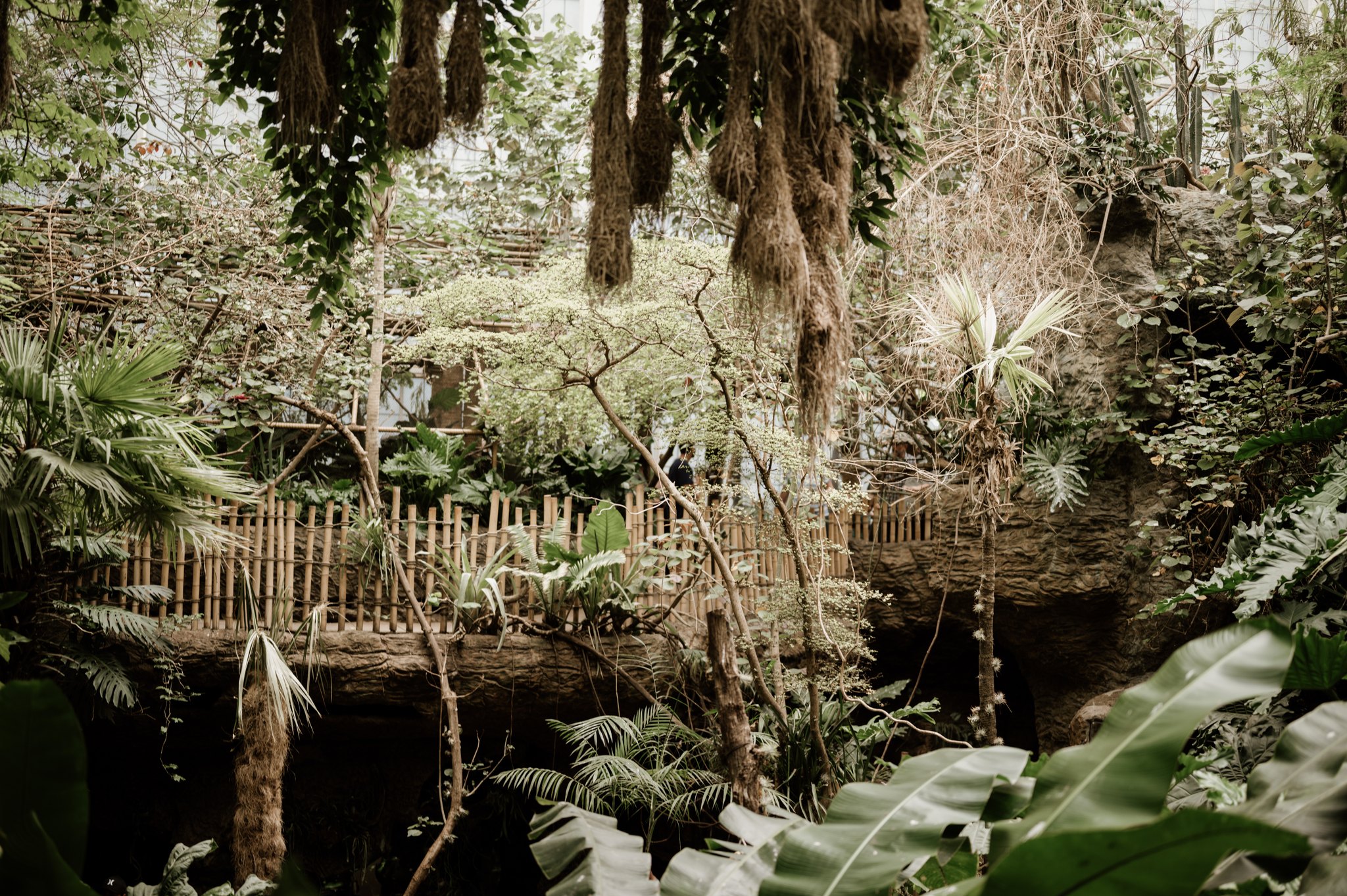- Biodiversity of the Orinoco Rainforest
- Role of Kellie Kay Photography in wildlife conservation
- Key wildlife species and their ecological significance
- Challenges faced in preserving the Orinoco Rainforest
- Strategies for effective zoo management and wildlife conservation
The Orinoco Rainforest, nestled in the lush expanses of South America, harbors one of the most diverse and biologically rich environments on the planet. Known for its dense vegetation and myriad wildlife species, this rainforest is a treasure trove for biologists and conservationists. Kellie Kay Photography has played a vital role in capturing the essence of this verdant wilderness, leveraging visual storytelling to advocate for conservation efforts.
Biodiversity of the Orinoco Rainforest
The Orinoco Rainforest is a biodiversity hotspot. It spans several million hectares, encompassing a wide variety of ecosystems. It is home to an estimated 1,200 bird species, 400 mammals, 200 amphibians, and thousands of plant species. This extraordinary range of life forms provides a fertile ground for scientific research and ecological studies.
Birds play an integral role in the rainforest’s biodiversity. Iconic species like the harpy eagle and the scarlet macaw are not just visually stunning but also crucial for maintaining ecological balance. The harpy eagle, one of the most powerful eagles, helps control populations of medium-sized mammals, thus influencing the food web dynamics. Similarly, scarlet macaws are essential for seed dispersion, facilitating forest regeneration.
Role of Kellie Kay Photography in Wildlife Conservation
Kellie Kay Photography has significantly contributed to wildlife conservation by capturing the magnificence of the Orinoco Rainforest through a lens. The visual documentation by Kellie Kay highlights both the beauty and the fragility of the ecosystem. This powerful medium serves as an educational tool, raising awareness about the critical need for conservation.
By disseminating high-quality images of the Orinoco Rainforest’s diverse fauna and flora, Kellie Kay Photography has fostered global awareness. These visuals have been instrumental in driving funding and support for conservation projects. The photos bring distant ecosystems into the public eye, making them more tangible and consequently, more urgent to protect.
Key Wildlife Species and Their Ecological Significance
Several flagship species symbolize the ecological richness of the Orinoco Rainforest. The jaguar, an apex predator, is pivotal for maintaining the population balance of various prey species. As a keystone species, the presence of the jaguar indicates the overall health of the ecosystem. They require vast territories, promoting the preservation of large forest areas.
The Amazon river dolphin, another critical species, speaks to the aquatic diversity within this ecosystem. Dolphins help maintain fish populations, serving as both predator and prey, which contributes to the ecological stability of the river systems. Additionally, their overall health provides insights into the quality of the freshwater habitats.
The giant anteater, a peculiar yet crucial species, specializes in controlling ant and termite populations. This role is vital as it prevents overpopulation of these insects, which could otherwise result in significant damage to vegetation and trees. Their foraging behavior also aids soil aeration, which enhances plant growth.
Challenges Faced in Preserving the Orinoco Rainforest
Despite its biological wealth, the Orinoco Rainforest faces numerous threats. Deforestation driven by logging and agriculture is a significant issue, leading to habitat loss and fragmentation. Unsustainable fishing and hunting have also placed several species at risk. Furthermore, climate change exacerbates these problems, altering rainfall patterns and increasing the frequency of extreme weather events.
Invasive species pose another threat. Non-native plants and animals can outcompete local species, disrupting ecological relationships and biodiversity. For instance, the introduction of tilapia fish has had a detrimental impact on native fish species, altering aquatic ecosystems dramatically.
Pollution from agricultural runoff and mining activities further contaminates water bodies, affecting both terrestrial and aquatic life. The cumulative impact of these factors is detrimental, resonating through the entire ecosystem and diminishing its resilience.
Strategies for Effective Zoo Management and Wildlife Conservation
Effective management and conservation strategies are vital for preserving the Orinoco Rainforest. Conservationists and biologists emphasize the importance of creating and maintaining protected areas. This strategy helps conserve larger contiguous habitats that support complex ecological interactions and species survival.
Community involvement is paramount. Engaging with local populations ensures that conservation efforts are culturally relevant and sustainable. Educating communities about the ecological significance of the rainforest and providing alternative livelihoods can reduce dependence on activities that harm the ecosystem.
Wildlife corridors are another essential strategy. These corridors connect fragmented habitats, allowing species to migrate, mate, and maintain genetic diversity. They also enable animals to adapt to changing environmental conditions, promoting long-term survival.
Technological solutions, such as GIS (Geographic Information Systems) and remote sensing, assist in monitoring and managing wildlife populations. Tools like camera traps and drone surveillance provide valuable data on species presence, abundance, and behavior, aiding in targeted conservation efforts.
Lastly, partnerships between governments, NGOs, and the private sector can mobilize resources and expertise. Collaborative efforts enhance the scale and impact of conservation projects, ensuring that various stakeholders contribute toward preserving the Orinoco Rainforest.
In summary, the Orinoco Rainforest stands as a beacon of biodiversity, housing rare and ecologically valuable species. The breathtaking images by Kellie Kay Photography underscore the importance of conservation, stirring both awareness and action. By addressing challenges and implementing robust conservation strategies, we can safeguard this precious ecosystem for future generations.
*****
Source Description
Our Orinoco Rainforest 💚🌴🦜
📸: Kellie Kay Photography


